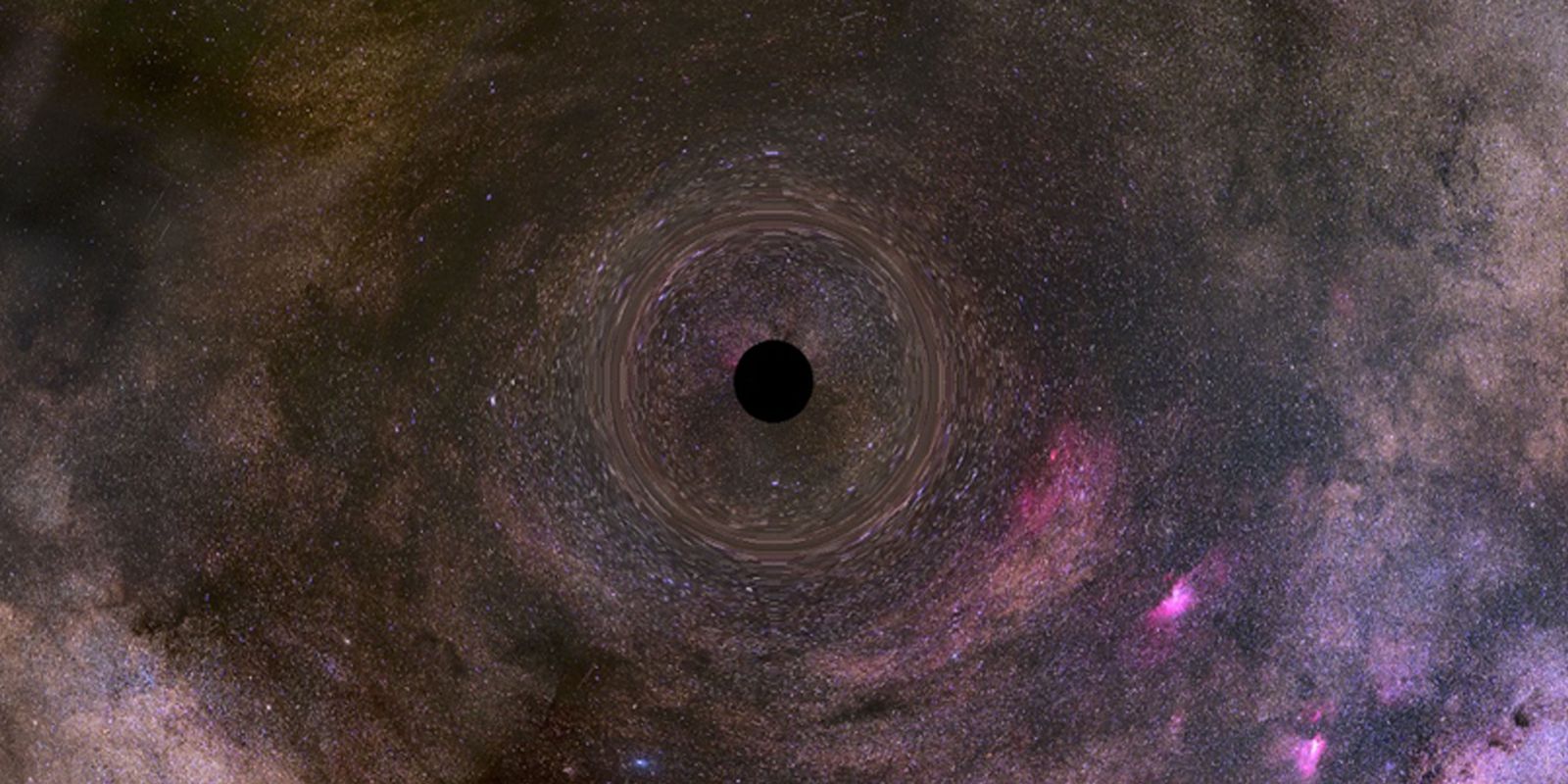wandering. Lonely. Isolated. These are the definitions of a stellar black hole detected drifting through the Milky Way.
Exactly, adrift, 5,000 light-years from Earth and at a speed of 160,000 kilometers per hour in the spiral arm of Carina-Sagittarius. And, like him, about 100 million nomadic objects of this type – unaccompanied by any star – may be “traveling” through our galaxy.
According to NASA, the US space agency, the discovery of the first isolated black hole is the result of the analysis of two teams of researchers who, for six years, studied the data captured by the Hubble Space Telescope.
One of the groups, led by Kailash Sahu of the Space Telescope Science Institute in Baltimore, has the participation of Brazil.
The other group is led by Casey Lam of the University of California. Both used the gravitational microlensing technique.
The technique consists of observing the brightness amplification of a background star (called a source), due to the passage of an object (called a lens) between the observer and the source. The lens deforms the space-time around it and the light from the source is then deflected, thus generating an increase in its brightness for the observer.
”In this case, the black hole passing between the observer and a background star acted as a lens and, in addition to increasing the brightness of the source for more than 200 days (the period in which the event was monitored), it also changed its position. astrometry”, explains astrophysicist Leonardo Almeida.
“I remember this microlens well. It became so bright that it was possible to observe it using the smaller telescopes at the Pico dos Dias Observatory, located in Brazópolis, Minas Gerais. In the same year, we already suspected that the curve of that microlens could to have been generated by a black hole, however, it was necessary to measure the deflection of light from the background star using Astrometry” says Almeida, who is a professor at the Federal University of Rio Grande do Norte.
While the Berkeley team understands it could still be a neutron star, according to a NASA statement, the unique fingerprint in the star’s altering light could eliminate other potential gravitational lensing candidates.
The study led by Sahu showed that the deflection caused by the lens as it passes in front of the star points to an object with seven times the mass of the Sun.
“The derived mass together with the non-detection of glare from the lens implies a probable lensing object, a black hole of stellar origin. The mass of the black hole corroborates well with models of stellar evolution of isolated objects. However, this black hole can also to have been part of a binary system before becoming a solitary nomad in our galaxy. Thus, it is not possible to say with certainty what the history of this object is. What is certain, however, is that this event not only proves once again that Albert Einstein’s theory was correct, it also opens an important window for us to begin to better understand these objects and the constituents of our Milky Way.” says Leonardo Almeida.
stellar black hole
According to NASA, stellar-mass black holes have been known since the early 1970s, but all of their mass measurements – until now – have been in binary star systems. The companion star’s gas falls into the black hole and is heated to such high temperatures that it emits X-rays.
















